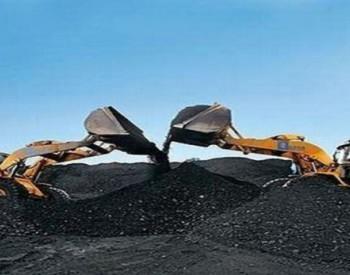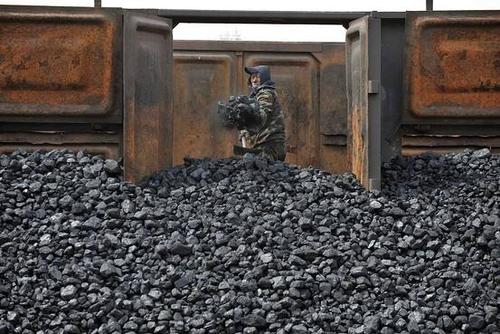**Fire, Fuel, and Hidden Energy Shifts: The Secret Life of Burning Coal and Oil**
(What Change In Energy Occurs When You Burn Coal Or Petroleum?)
Picture energy as a shape-shifter. It never disappears. It just changes forms. When you light a match to coal or pump gas into a car, you’re not just making heat or moving metal. You’re kicking off a silent, invisible energy swap. Let’s crack open this everyday magic.
Start with the basics. Coal and oil are fossil fuels. They’re made from ancient plants and creatures squashed underground for millions of years. Packed inside them? Stored chemical energy. Think of it like a battery, but one that took nature ages to charge. When you burn these fuels, that stored energy wakes up. It transforms.
Here’s how it works. Fire needs three things: fuel, oxygen, and heat. Strike a match to coal, and the heat breaks chemical bonds in the fuel. Oxygen rushes in. Atoms rearrange. Carbon hooks up with oxygen to make carbon dioxide. Hydrogen pairs with oxygen to create water vapor. This dance releases energy—fast.
That energy wasn’t born new. It was hiding in the fuel all along. Burning just unlocks it. Chemical energy becomes heat and light. You feel it as warmth. See it as flames. But the story doesn’t stop there.
Take a power plant. Coal burns. Heat turns water into steam. Steam spins turbines. Turbines crank generators. Now, heat energy becomes mechanical energy, then electricity. Plug in a phone, and that electricity morphs again—into light, sound, or battery power. Every step is energy changing costumes.
Cars work the same. Gasoline ignites in the engine. Tiny explosions push pistons. Mechanical energy moves wheels. Some energy slips away as heat from the engine or friction from tires. No process is perfect. Energy never vanishes, but it often escapes in ways we can’t use.
Now, the flip side. Burning fossil fuels doesn’t just move energy around. It shakes up Earth’s balance. Carbon dioxide traps heat in the atmosphere. Methane—another byproduct—packs even more punch. Over centuries, we’ve burned so much coal and oil that these gases wrapped the planet like a thick blanket. Temperatures climb. Ice melts. Weather gets wild.
Efficiency matters too. Old coal plants waste two-thirds of their energy. Car engines? Only about 20-30% of gas energy actually moves the car. The rest vanishes as heat or noise. Better tech helps, but physics sets hard limits. No machine can catch every drop of energy.
There’s another layer. Fossil fuels took millions of years to form. We’re burning them in centuries. Sunlight, wind, and waves offer energy without the carbon baggage. They tap into Earth’s real-time energy flows—not ancient stockpiles. Switching to these isn’t just cleaner. It’s like using a paycheck instead of draining a savings account.
(What Change In Energy Occurs When You Burn Coal Or Petroleum?)
Energy shifts shape, but choices matter. Burn coal or oil, and you’re borrowing from Earth’s deep past—and reshaping its future. Every flame, every engine roar, every flick of a light switch ties into a chain of energy changes. Some are visible. Most stay hidden. But together, they power—and warm—the world we know.
Inquiry us
if you want to want to know more, please feel free to contact us. (nanotrun@yahoo.com)




